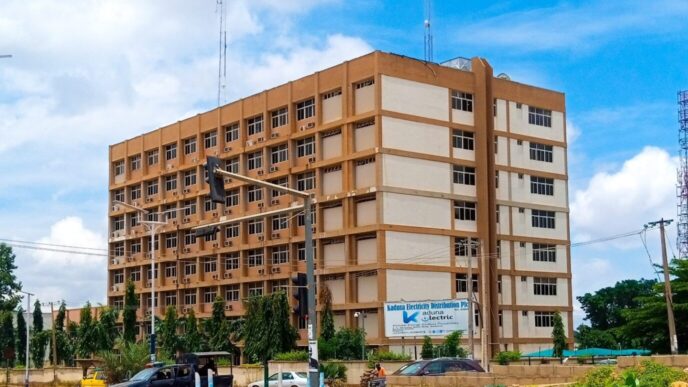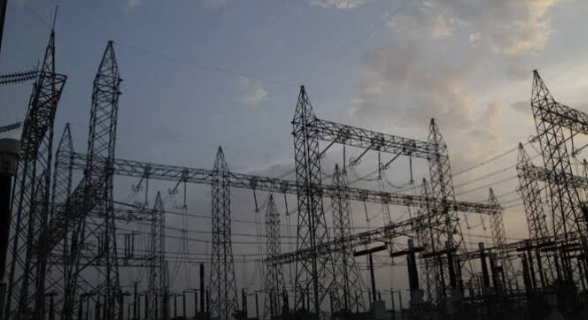Kenya’s President William Ruto.
Fitch Ratings, a global rating agency, has downgraded Kenya’s long-term foreign-currency issuer default rating (IDR) — but the outlook is stable.
A credit rating is a measure of how likely a company or government entity can pay back its debts, based on an independent assessment of its financial health.
Fitch, in a statement on August 2, cited fiscal risks after President William Ruto responded to protests by withdrawing a bill that would raise taxes.
The credit assessor downgraded the nation’s foreign-currency ratings to ‘B-’ from ‘B’– representing six levels below investment grade.
Advertisement
“The downgrade reflects heightened risks to Kenya’s public finances after the government backtracked on revenue measures in the Finance Bill 2024 in response to violent social protests, the increased risk to political stability, and rising domestic debt costs, even as the authorities embark on expenditure cuts,” Fitch said.
Fitch also projected a moderately “greater risk to external financing, partly reflecting elevated external commercial borrowing costs in the context of foreign-exchange reserves that are below the ‘B’ median”.
FISCAL DEFICIT, HIGH DEBT AS FACTORS FOR DOWNGRADE
Advertisement
The credit accessor cited heightened socio-political risk, wider fiscal deficit, fiscal slippage, rising interest payments, and high debt as reasons for the downgrade.
“This reflects the withdrawal of planned revenue measures, and higher debt servicing and social spending costs, amid civil pressures, notwithstanding efforts to cut spending,” the agency said.
“We expect revenue to continue to underperform its target in FY26, at 17.4% of GDP (below our projected ‘B’ median of 18.1%), with only a modest narrowing of the deficit, to 4.3% of GDP.
“Current fiscal pressures follow slippage in FY24, when based on preliminary results, the budget deficit was 5.6% of GDP, 1.2pp higher than budgeted due to higher spending and shortfalls in tax revenue.
Advertisement
“In FY24, ordinary tax revenue collections fell short of the revised and original targets by 1.1% and 1.8% of forecast FY24 GDP, respectively.
“Revenue shortfalls have led to greater recourse to more expensive borrowing from external commercial creditors and the domestic market. Average yields on short-term government securities have risen, reflecting higher central bank policy rates and domestic liquidity constraints.
“We project government interest payments/revenue to reach 31.7% in 2025 (from 31.5% in 2024) and 32.8% in 2026, well above the 2026 median forecast for ‘B’ category peers of 12%.
“Government debt/GDP rose to nearly 72% in FY23, from 67% in FY22, partly due to currency depreciation. We estimate that the debt/GDP ratio declined to 66.4% in FY24, mainly linked to a stronger shilling in 2HFY24 (as nearly half of Kenya’s government debt is foreign-currency denominated).
Advertisement
“We expect the ratio to decline marginally to 65.6% by FYE26, due partly to strong nominal GDP growth, but remain above the projected 2025 ‘B’ median of 51.5%.”
In June, a controversial finance bill proposed by President William Ruto led to nationwide protests by young people in Kenya.
Advertisement
The protests crept from the digital confines of TikTok before morphing into a full-blown uprising on the streets.
The finance bill was introduced as part of Kenya’s budget for next year.
Advertisement
Njuguna Ndung’u, finance minister, said the budget was aimed to “revitalise” Kenya’s economy, raise an additional 346.7 billion Kenyan shillings in revenue and help alleviate debt.
However, in the wake of the protests, some parts of the bill had been scrapped, including a 16 percent value-added tax (VAT) on bread, taxes on foreign exchange transactions and financial services, and a 2.5 percent motor vehicle tax.
Advertisement
Add a comment








